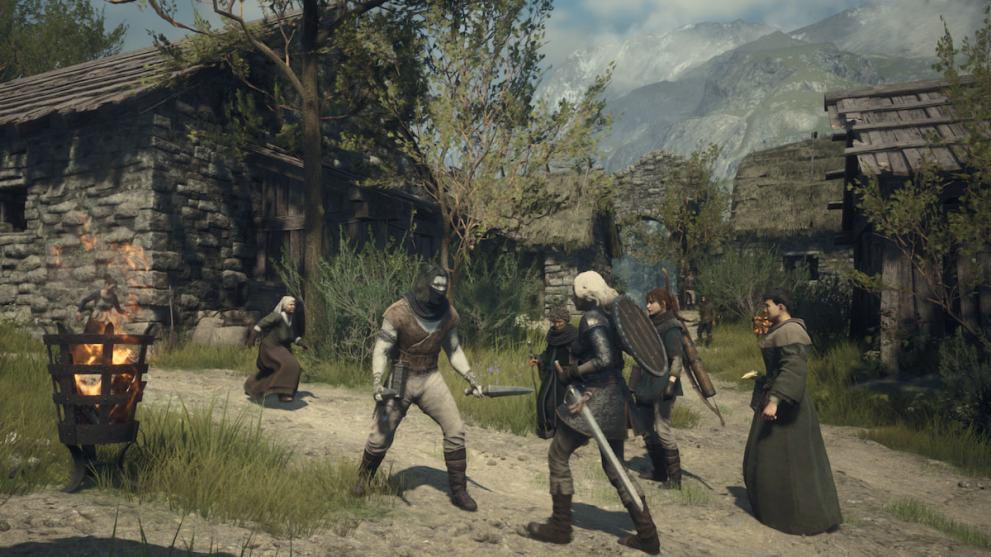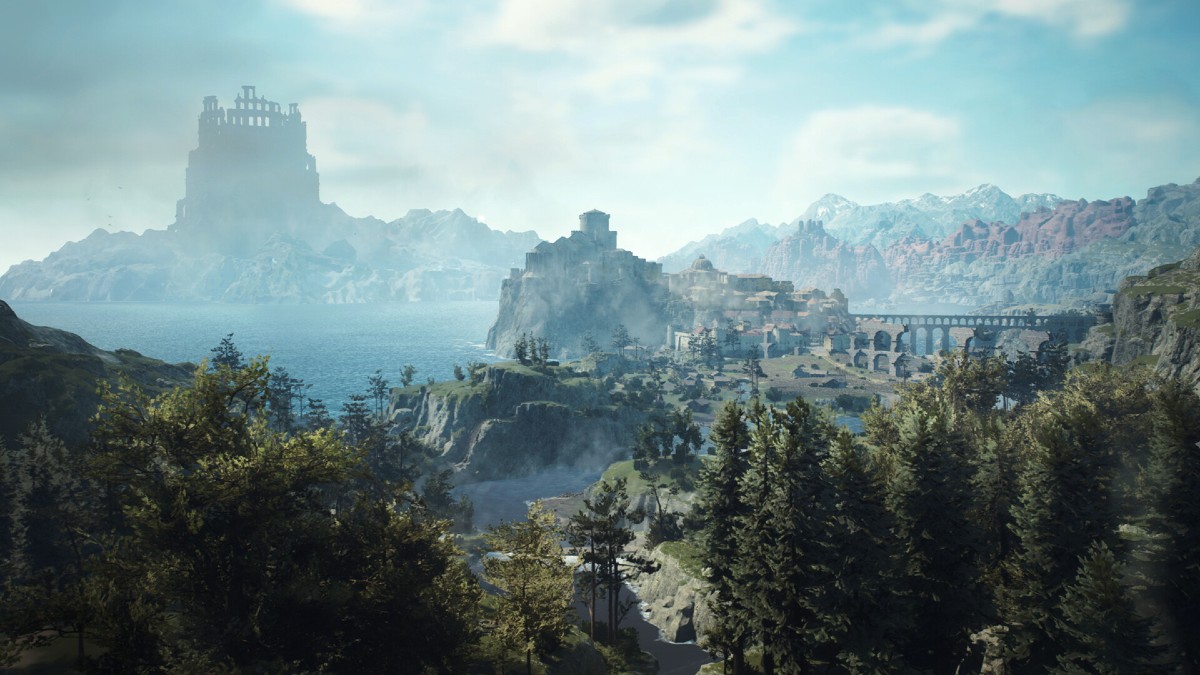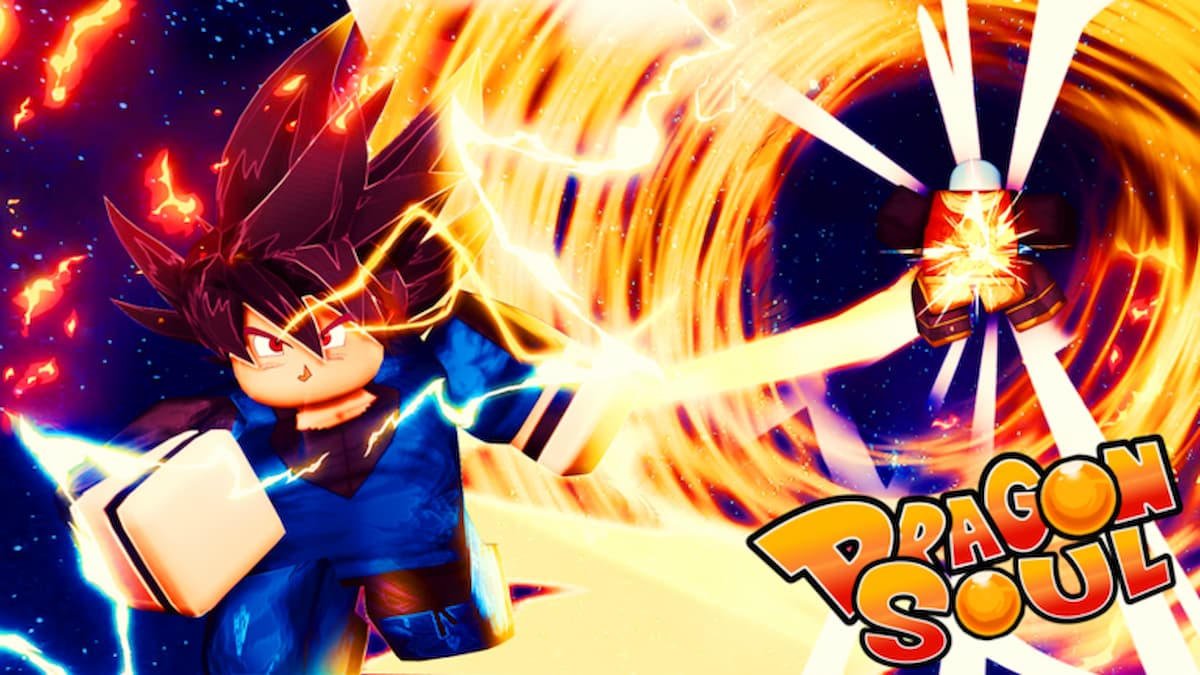Dragon’s Dogma 2’s open world can be a challenge to run. So today, we’re taking a look at the game’s settings and figuring out what the best PC settings are for Dragon’s Dogma 2.
Best PC Settings to Use in Dragon’s Dogma 2
Being the sequel to a 12-year-old open world RPG means Dragon’s Dogma 2 is going to be quite the generational leap in terms of visuals. Sadly, the current Triple-A game development culture doesn’t always take as much time as they should on optimizing. Instead, some rely on engine optimization shortcuts like temporal up-scaling (DLSS/FSR) to get the job done.

I’m not saying that Capcom hasn’t at all optimized Dragon’s Dogma 2. But there is little reason for the game to run so poorly when it’s not any more visually impressive than titles like Elden Ring and it’s upcoming expansion. With that said, here are the best settings for a decently consistent performance in mind:
- Display Mode – Full Screen
- Screen Resolution – Your Monitor’s Max Resolution
- Refresh Rate – Your Monitor’s Max Refresh Rate
- Frame Rate – Max 120 FPS
- Vertical Sync – Off (Lower latency, turn on if you’re tearing a lot of frames)
- Dynamic Resolution – On
- FidelityFX Super Res – Off
- DLSS Super Resolution – Auto (If your goal is higher FPS. If you want clarity, use Balanced or Quality)
- DLSS Nvidia Reflex Low Latency – On+Boost
- Upscale Sharpness – Whatever you like
- Rendering Mode – Progressive
- Image Quality – Default
- Ray Tracing – Off
- Ambient Occlusion – SDFAO
- Anti-Aliasing – TAA
- Screen Space Reflections – On
- Mesh Quality – High
- Texture Filtering – High (ANISO x8)
- Texture Quality – High (1 GB) (More if you have 16+ Gigabytes of VRAM)
- Grass/Tree Quality – High
- Resource-Intense Effects Quality – Low
- Shadow Quality – High
- Shadow Cache – On
- Contact Shadows – On
- Motion Blur – On (Off if that is your preference)
- Bloom – On
- Depth of Field – On
- Lens Flare – On
- Lens Distortion – On
- Subsurface Scattering – On
- Motion Quality – High
These visual settings seem to be a good balance between visuals and performance. This is especially true for settings like Ambient Occlusion, Reflections, Shadow Quality, and Contact Shadows. Even If you want to try to squeak out a few more frames per second, you will still be heavily limited by your CPU from the NPCs and enemies that eat away at your CPU cores and threads. Thankfully, the developers are aware of the framerate issues and are looking into fixing them.
For more articles like this, check out our review of Dragon’s Dogma 2!













Updated: Mar 22, 2024 05:43 am